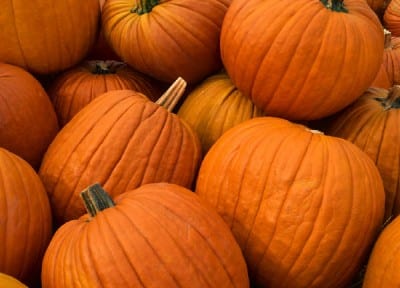By Dana Ferguson
IN the United States the pumpkin symbolises the arrival of autumn and in particular, is synonymous with Halloween.
The ‘Great Pumpkin’ from the Halloween special of the cartoon Peanuts marked the pumpkin’s place in American culture and has since led countless boys and girls on a quest to find the ‘great’ pumpkin.
From carving faces into them to putting them in every dish imaginable, Americans have fallen in love with the squash and the relationship is not likely to end soon.
It may not be the most effective use of a fruit, but the tradition of emptying out the ‘guts’ of the big orange fruit, cutting out some holes and filling it with light is a tradition which has spread around the world.
But carving faces into fruit was already a well-established tradition in Britain even before British and Irish immigrants made their way across the Atlantic and adopting the pumpkin as their fruit of choice.
Today the practice of carving ‘jack-o-lanterns’ has become a tradition that most Americans and Britons associate with Halloween.
But pumpkins are used for much more than decoration.
In the autumn pumpkins find their way into butters, pancakes, breads and a favourite for many, the pumpkin pie.
In Spain, the wastefulness seen in America is almost unheard of, with Spaniards choosing to use every part of the pumpkin to create a wide range of dishes rather than display them outside their homes.
The humble pumpkin remains ever popular on both sides of the Atlantic
Spain has hearty offerings for the popular squash, including pumpkin and tomato soup and pumpkin cream with rice and roast chicken with sauteed pumpkin.
The Spanish have also got a sweet tooth with pumpkin, using it in pumpkin juice, cake and custard.
But regardless of how it is enjoyed, the humble pumpkin remains ever popular on both sides of the Atlantic.










